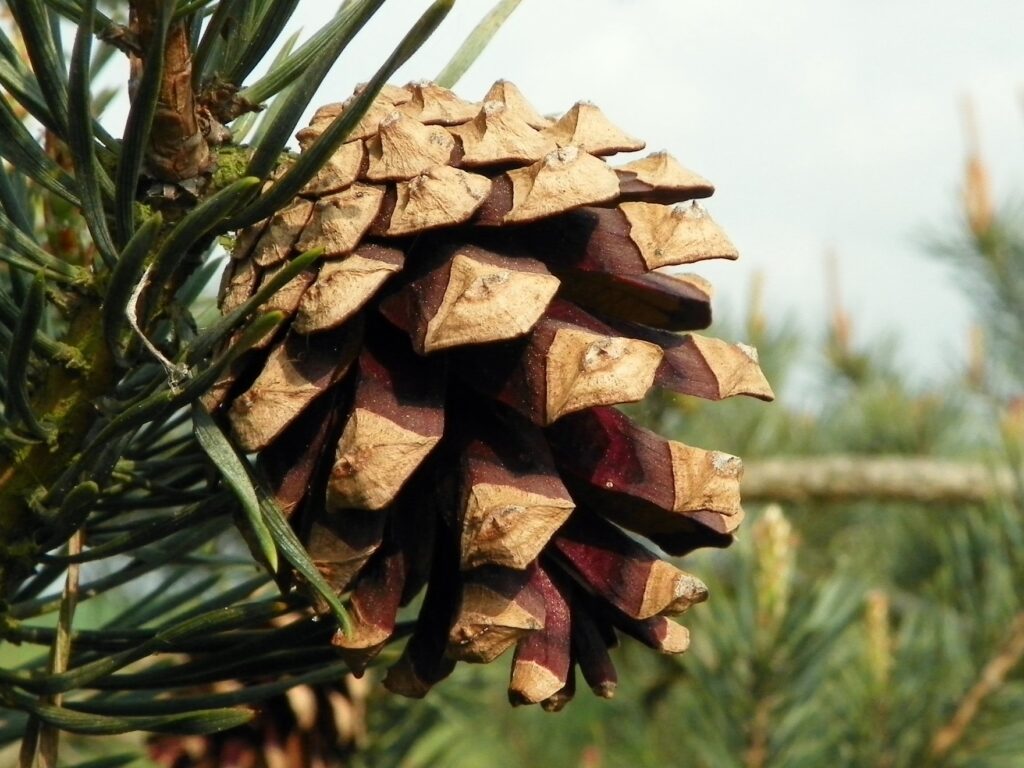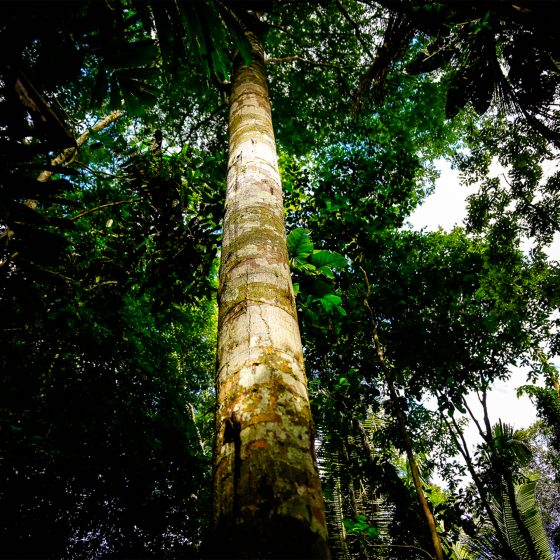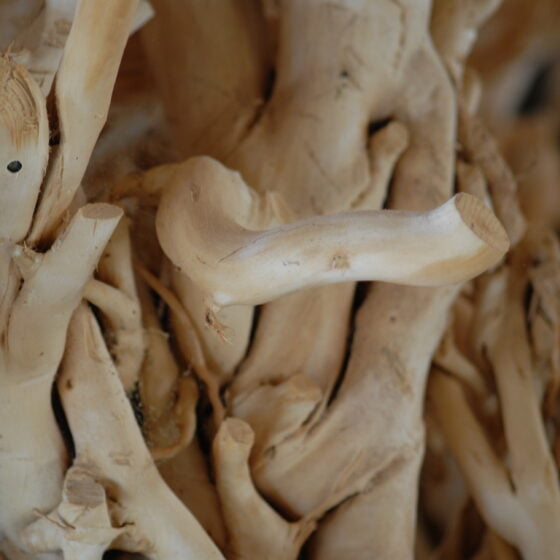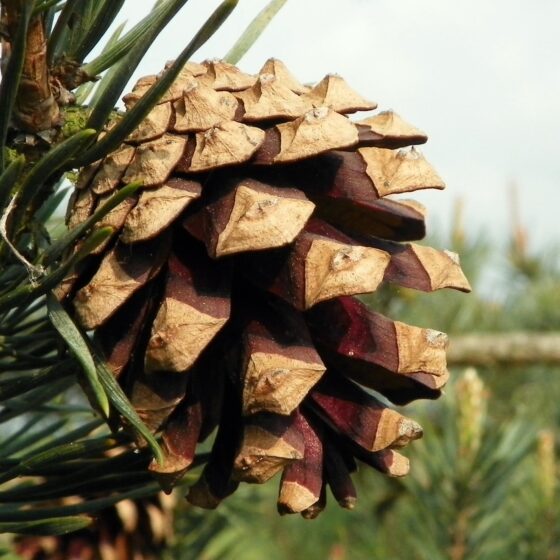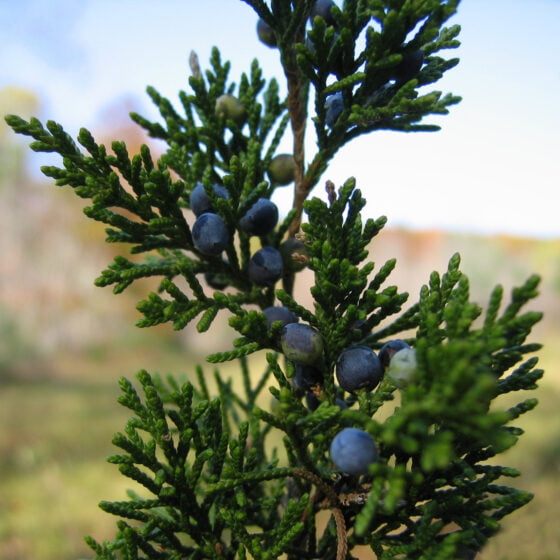
Scotch pine Bulgaria
Pinus sylvestris
General data
Harvest Calendar
- J
- F
- M
- A
- M
- J
- J
- A
- S
- O
- N
- D
Product details Well-being side
Decongestant and respiratory antiseptic, balsamic, calming for musculoskeletal pain, cortison-like. Soothes the mind, releases tensions, allows mental escape, allows to recognize personal strengths and life force.
*The aromatherapy properties in this document are excerpted from reference books, scientific articles, or specialized websites and are provided to customer for its information and internal use only. Claims on a finished product remain the responsibility of the company making the finished product available on the market. About
Growing throughout Europe and as far as Siberia and Asia Minor, the Scots pine or Norway pine is the most-cultivated of the Pinus species in European forests. The Scots pine is a pioneer plant on bare or sparsely vegetated land and has been widely used to reforest areas with poor soils to allow growth of other species. The tree can reach 40 meters in height and live more than half a millennium. The trunk is tall and slender, topped by a rounded crown. The fissured, scaly bark is brick-red, providing colorful contrast with gray-green to bluish-green foliage, hence the nickname “red pine” in some languages. The long needles form bundles of two, with a sheathed base. The needle-covered branches are distilled to produce Scots pine essential oil. They are harvested before snowfall, from spring to early winter. The fragrance of Scots pine is pleasant, forest-like, woody, and resinous recalling the scent of Siberian pine. The best quality essential oil is produced in the Tyrol region of Austria.
The Scots pine is light-loving species, always climbing higher to capture the sun’s rays. Its nickname, the “master of light,” captures its symbolic importance in many cultures. For the Native American Iroquois tribe, it is the watchman of the sky. The Nez Perce tribe believes that only the pine knows the secret of fire. Called the “torch tree” in Corsica, it is lit as an offering, so that light may stream forth. The resin-rich wood also makes good fuel. As guardian of eternal fire for the Taoists, it rises from the heavenly flame.
Well-being side
Decongestant and respiratory antiseptic, balsamic, calming for musculoskeletal pain, cortison-like. Soothes the mind, releases tensions, allows mental escape, allows to recognize personal strengths and life force.
About
Growing throughout Europe and as far as Siberia and Asia Minor, the Scots pine or Norway pine is the most-cultivated of the Pinus species in European forests. The Scots pine is a pioneer plant on bare or sparsely vegetated land and has been widely used to reforest areas with poor soils to allow growth of other species. The tree can reach 40 meters in height and live more than half a millennium. The trunk is tall and slender, topped by a rounded crown. The fissured, scaly bark is brick-red, providing colorful contrast with gray-green to bluish-green foliage, hence the nickname “red pine” in some languages. The long needles form bundles of two, with a sheathed base. The needle-covered branches are distilled to produce Scots pine essential oil. They are harvested before snowfall, from spring to early winter. The fragrance of Scots pine is pleasant, forest-like, woody, and resinous recalling the scent of Siberian pine. The best quality essential oil is produced in the Tyrol region of Austria.
The Scots pine is light-loving species, always climbing higher to capture the sun’s rays. Its nickname, the “master of light,” captures its symbolic importance in many cultures. For the Native American Iroquois tribe, it is the watchman of the sky. The Nez Perce tribe believes that only the pine knows the secret of fire. Called the “torch tree” in Corsica, it is lit as an offering, so that light may stream forth. The resin-rich wood also makes good fuel. As guardian of eternal fire for the Taoists, it rises from the heavenly flame.
Other type of extracts
(Woody)
